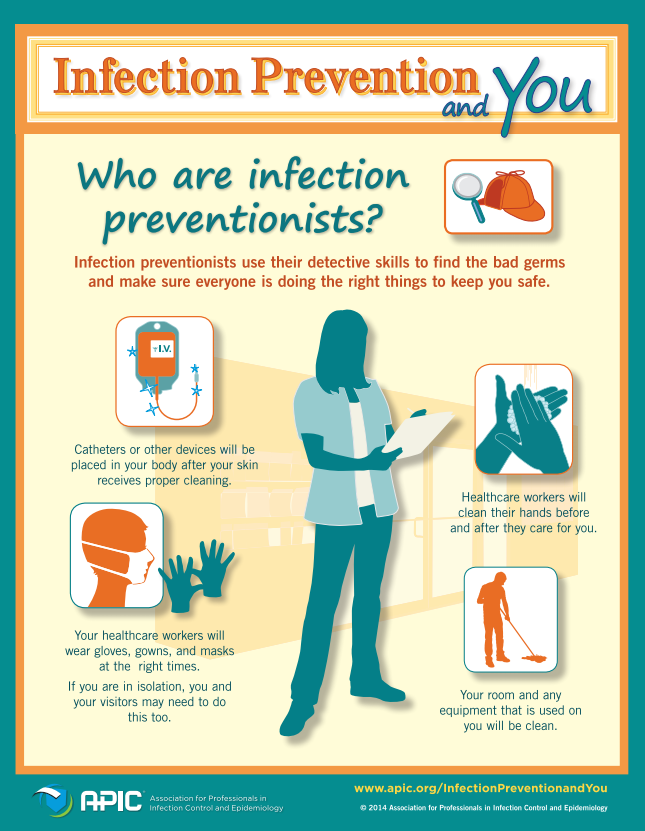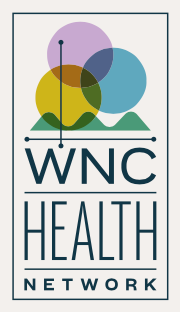WNC Health Network creates healthy and thriving communities by helping hospitals collaborate outside of their walls. And while community health assessments are a more public-facing way that we support this connectivity, Bug Club is another great way that hospitals work alongside each other in our region in the best interest of all of our residents.
What is now known as Bug Club was started in the 1980s by Janice Brown as an informal gathering of infection prevention and microbiology professionals in western North Carolina (WNC). Early members included Alta Wells, Janice Brown, Ruby Connor, Ron Ferrigno, and others.
Sue Ferrigno – a medical technologist with a BS in medical technology and an MA in medical biology – joined in 1988. WNC Health Network recently spoke with Sue Ferrigno, as well as current co-leaders Ivan Gowe and Corrianne Billings to learn more about the history of the Bug Club (housed under the umbrella of WNC Health Network since 2007), as well as why it’s so important.
How does Bug Club function?

The Association for Professionals in Infection Control and Epidemiology (APIC) is a national organization with chapters in every state. NC is divided into 11 zones, and WNC has zones 1 & 2. Bug Club is the NC APIC meeting of those two zones.
We want to have a unified infection prevention program in WNC, so the community is receiving consistent messages. Bug Club is a place where we can bring up and share practices that we feel should be adopted regionally.
Representatives from hospitals and health departments in the region are invited, and about 15 people attend. We meet every other month, usually over lunch. We have time for new happenings, and for anyone who wants to share information they learned at recent conferences. There’s usually a topic of conversation – for example, at the last meeting two people reviewed journal articles with the group. It was a controversial topic so it was good to hear the latest published information. There’s time for networking, which is very important. Sometimes people come primarily to meet other peers, to find out how others are doing things.
What is an example of how Bug Club helped unified infection prevention in the region?
When the antimicrobial hand soap, triclosan, first started being linked with safety risks we discussed it at Bug Club,
and hospitals stopped using hand soap that contained it. In the high risk areas they use more potent hand soaps – so that’s good too. We try to aim for uniform practice.
How did Bug Club come to be part of WNC Health Network?

Bug Club Attendees, December 2012
In the mid-2000s the hospital CEOs part of WNC Health Network came to Bug Club and asked if we could give them comparable infection rates for their hospitals.
Infection prevention has to report their data to the CDC’s National Healthcare Safety Network; they get every hospital’s data on infection, including surgical site infections, MRSA (Methicillin Resistant S. aureus) blood stream infections, catheter-related urinary tract infections, catheter related bloodstream infections, and Clostridioides difficile. Reportable conditions are benchmarked both state wide and nation-wide and are all compared based on the size and type of hospital. In 2009 that data started being reported through the state, so there was no longer a need to report back to the CEOs of the hospitals in WNC.
That was our first interaction with WNC Health Network – the request for our infection rate data. After that we had this relationship with the organization.
How do hospitals and public health agencies work together when it comes to infection prevention?
Open communication between hospitals and health departments is very important.
For example, at the hospital we might get a call from a family member saying – my child’s classmate has meningitis – do we need to get an antibiotic? And we know that the child is at Mission. There are a lot of privacy HIPAA rules, but if someone has a communicable disease that’s reportable the hospital must report it to the health department to help prevent further spread of the disease.
Hospitals and public health agencies work together to prevent and control transmissible diseases in our communities. If a child has meningitis diagnosed at the hospital, that information is relayed to the local health department. They follow up with the school and the family to reduce the impact of that very contagious disease in the child’s community. Bug Club is one of the few places that hospital and public health based infection preventionists can meet to discuss their work, its challenges and how to continue to provide the best care to the communities we serve.
Sue, you’re retired now – why do you still take the time to participate in Bug Club?
I really enjoyed doing what I did in my career. I feel infection prevention does have a large effect on improving health care, and Bug Club is helping with that.
How can others get involved with or learn more about Bug Club?
Professionals responsible for infection prevention at their hospital or public health agency are welcome to Bug Club – to RSVP for an upcoming meeting contact meron.abebe@wnchn.org.


